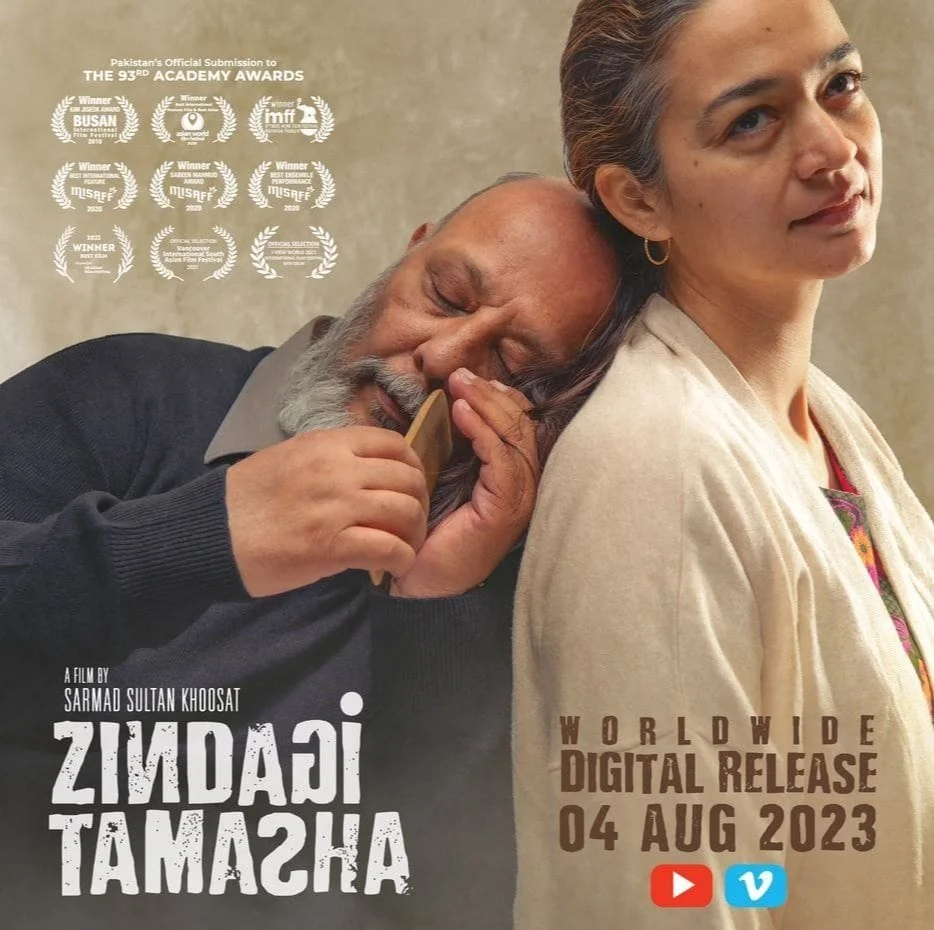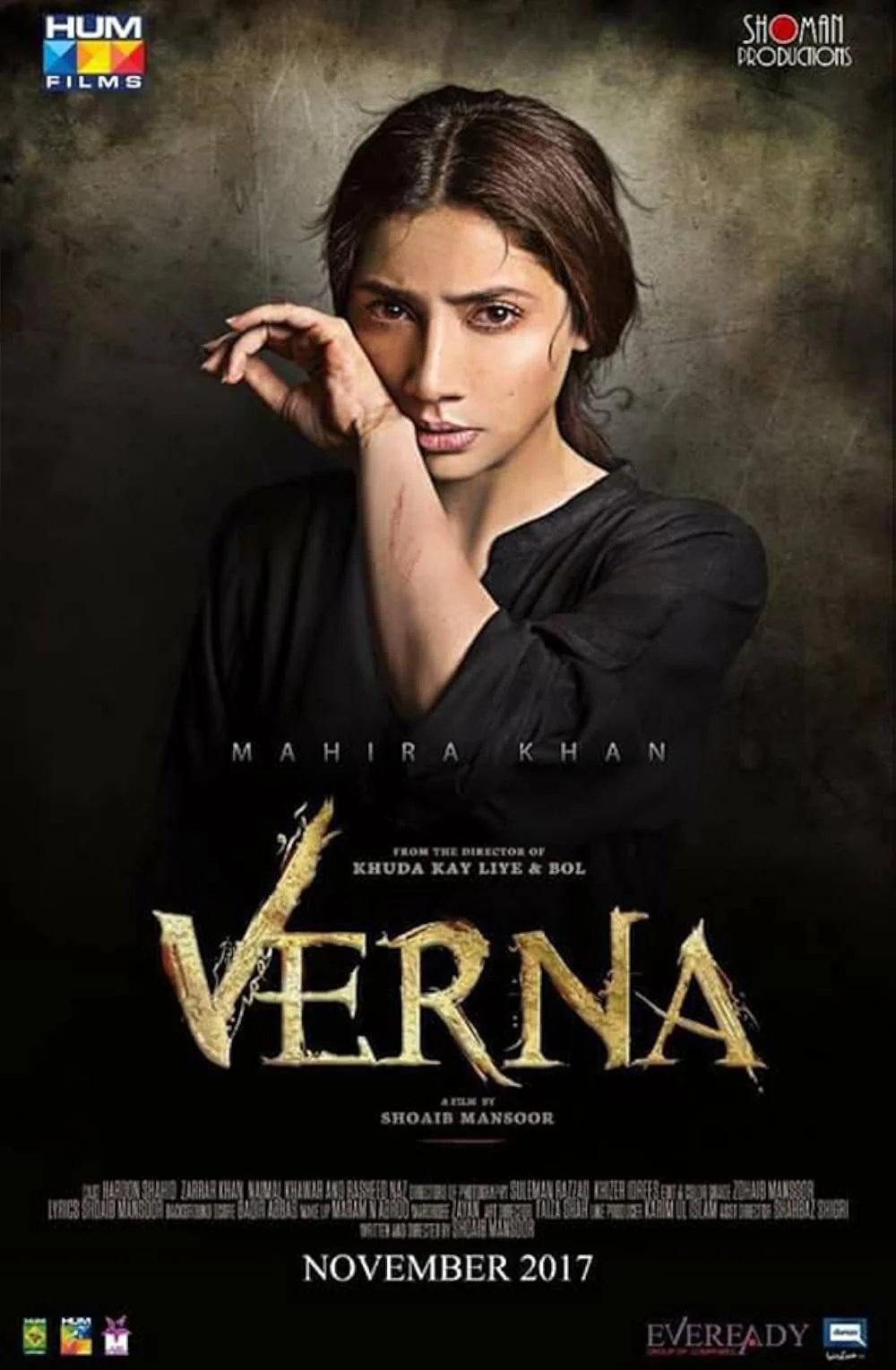Voice:
The Power of Pakistani Cinema
Cinema is not just entertainment. It’s memory. It’s culture. It’s voice.
Pakistani cinema has long been a mirror of the nation’s complexities: its beauty, its contradictions, its resilience. Since the country’s first film Teri Yaad (1948), filmmakers have used the screen to tell stories of love, struggle, hope, injustice, and transformation.
At its best, Pakistani cinema has offered a space where marginalized voices can be heard and shared histories can be remembered. It has reflected the lives of working-class families, the quiet resistance of women, the generational struggles of youth, and the conflicts between modernity and tradition.
Even in the face of political instability, social conservatism, and industry setbacks, the creative spirit of Pakistani filmmakers has persisted and evolved. Directors, screenwriters, actors, and musicians have continuously expanded what cinema can mean: blending poetry, music, symbolism, and powerful storytelling.
Films Featured in This Project
-
Zindagi Tamasha (Circus of Life, 2019)
Director: Sarmad Khoosat
Censorship history: Approved by all three censor boards but banned after extremist backlash from Tehreek-e-Labbaik Pakistan.
Themes: Shame, masculinity, social media judgment, and religious orthodoxy.Content Challenged or Removed:
- "Aur ye jo moulvi bacha baazi karte hain, iska kya?"
("And what about the clerics who abuse young boys? What about that?")- Rahat’s public shaming after a private dance video leaks. This challenged religious hypocrisy and public morality.
- The overall theme questioned religious authority and the destructive power of public judgment.
Reason for censorship: Accused of blasphemy and "disrespecting scholars," even though no scholars appear in the film. Banned after pressure from the religious group TLP.
-
Verna (2017)
Director: Shoaib Mansoor
Censorship history: Banned for its depiction of sexual violence and critique of patriarchy. Later released after public pressure.
Themes: Sexual violence, gender justice, and corruption among elites.Content Challenged or Removed:
- "Insaf sirf ameeron ke liye hai." ("Justice exists only for the rich.")
- Sara’s defiance of both her rapist and the corrupt legal system.- The portrayal of the rapist as the son of a powerful governor, emphasizing the intersection of political power and impunity.
- Open discussions of sexual violence and the failures of law enforcement.Design Note: The official Verna poster featured faint words hidden within the title letters, including Aabroo (Honor), Zehr-e-Husn (Poison of Beauty), Ismat (Chastity), Takabbur (Arrogance), Izzat (Respect), and Umeed (Hope). The letter "R" contained the silhouette of a woman, symbolizing the struggle and resilience of women. These visual elements reflected the film’s central themes and the very voices that censorship sought to silence.

-
Joyland (2022)
Director: Saim Sadiq
Censorship history: Initially banned for portraying non-normative gender identities. Despite international acclaim and Oscar submission status, it was blocked domestically until backlash reversed the decision in some regions.
Themes: Queer identity, family expectations, and desire.Content Challenged or Removed:
- The romantic relationship between Haider and Biba, a transgender dancer.
- "Hamari zakhm nazar nahi aate, is liye koi hum par yaqeen nahi karta." ("Our wounds are invisible, so no one believes us.")
Why Voice Matters
In a society where many conversations are restricted, whether by law, by fear, or by social taboo, cinema has become one of the few spaces where these conversations can still happen.
Through film, Pakistani artists have:
Given visibility to marginalized groups.
Questioned harmful traditions and power structures.
Preserved cultural memory and celebrated resilience.
Created spaces for audiences to see themselves, sometimes for the first time.
Voice is not just about speaking. It’s about being heard and being remembered.
This first layer of When Screens Go Dark honors the voices that dared to speak, the stories that resonated with communities, and the artists who gave them life. Before censorship and before resistance, there was voice. And it is that voice that this project begins with.